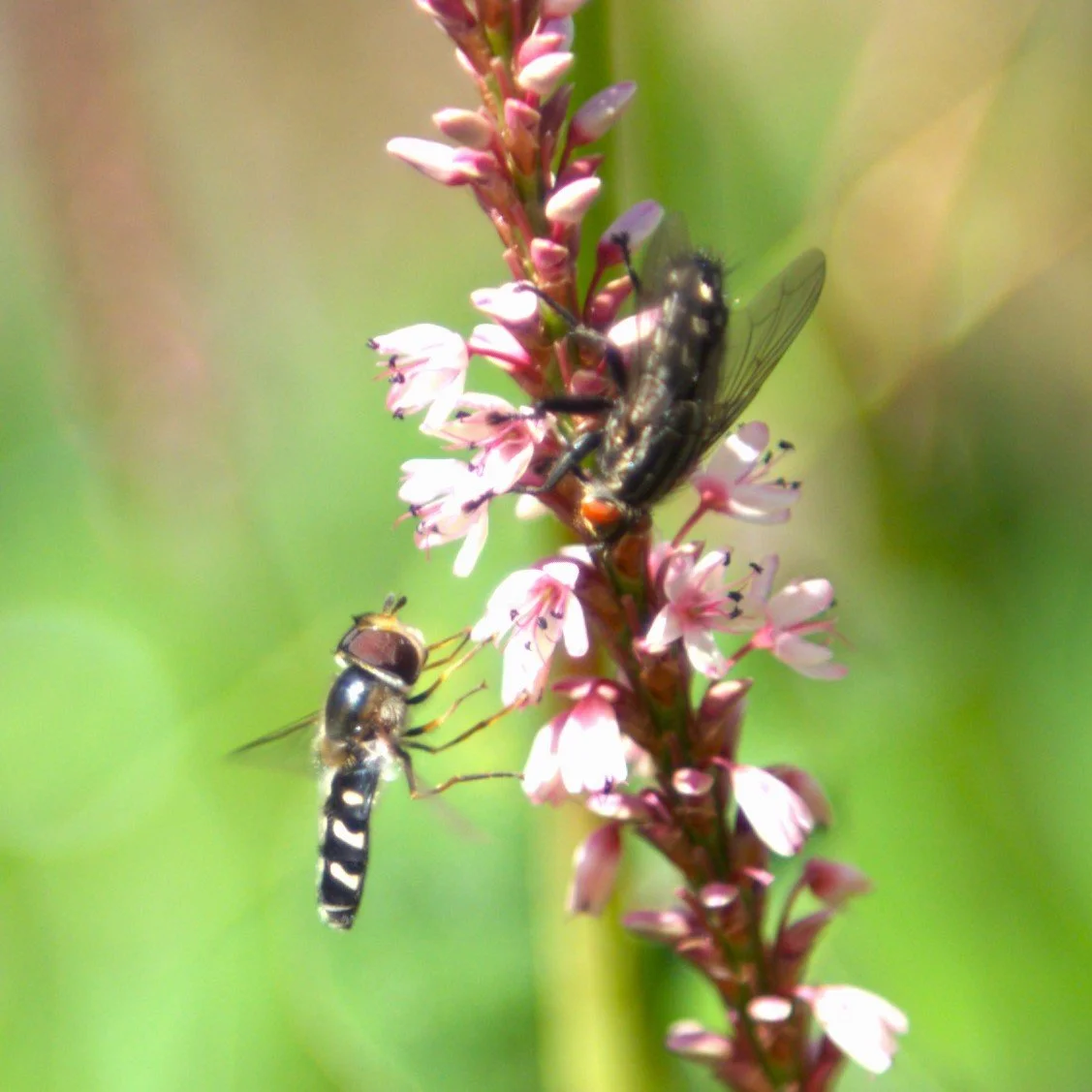Naturalistic Planting Styles
Definition
Ian Hodgson in New Wild Garden defines Naturalistic Planting as ”a planting style known as ‘New Naturalism’ – the approach which is both aesthetic and scientific, uses plant combinations that mimic wild landscapes, such as the American prairie and central European steppe grasslands, with herbaceous and evergreen perennials and ornamental grasses set out in bold sinuous swathes or smaller groupings.”
It also encompasses drawing inspiration from how plants form communities in nature and recreating them in gardens that share similar site and soil conditions.
How is naturalistic planting different from traditional garden borders?
Maybe you have seen the “Oudolf Border” at RHS Wisley or have seen photographs of the Highline in New York and have wondered what is different about those plantings compared to more traditional garden borders. For one the planting includes evergreen and deciduous herbaceous grasses which are not often found in traditional planting. They add a different dimension to plants grown exclusively for their colourful flowers.
The plants are often arranged in drifts or groups that are repeated throughout the border as opposed to a more regimented arrangement. This is the reason why some plant arrangements in naturalistic plantings seem to have a flowing quality to them.
Plants may be chosen for their suitability to the site as one of the first priorities together with foliage and flower interest.
Often a consideration for wildlife is made when choosing plants and when maintaining the planting, this might be leaving the seedheads and plants to stand in winter, choosing nectar-rich plants or recreating natural habitat for wildlife.
Benefits of introducing a naturalistic planting scheme to your garden
Calmness - Mixing herbaceous perennials with ornamental grasses can provide a sense of calmness to the border with the green foliage of the grasses breaking up more colourful drifts of flowering perennials, especially when the latter are chosen for their calm colour pallet.
Movement and Sound - Ornamental grasses rustle in the wind and sway in the breeze.
Winter Interest - by leaving flower- and seed heads standing throughout winter instead of cutting them down provides interest in winter, and birds such as goldfinches love picking the seedheads.
Empathetic to Site Conditions - most garden conditions and climates can be found in nature, meaning there are planting combinations for most situations. Plants found at the edge of woodlands might be used in plantings for a shady border whereas Mediterranean Plants can be introduced to sunny, dry spots. Using plants that are suitable to the site conditions means plants need less or hardly any watering once established and leads to healthier plants less susceptible to pests & diseases.
Longevity - plants that are chosen for specific site conditions, such as a clay soil for example, will thrive and grow into strong, healthy plants. Most perennials are easily divided and replanted and can therefore be rejuvenated and multiplied without much cost.



